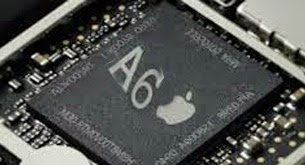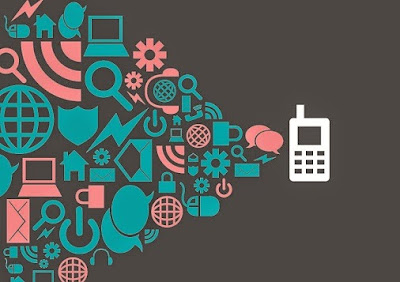Drivers are internal applications that allow the system to
know how to handle the different devices that can be connected, from simple
things like microphone, keyboard and mouse, to video cards, sound systems,
networks, printers, etc. For each function is a driver that needs to be
recognized by the system to function properly.
When we installed Windows from scratch, the system can
detect many of the drivers automatically, and install the appropriate. But
there are cases such as video cards or wireless network, the system does not
bring a compatible driver and we have to use the CD manufacturer or look on the
Internet.
And also, as many already know, if they happen to reinstall
Windows, it is good idea to keep drivers not having to scramble internet media,
especially when the computer has more than three years and could not find them
anymore.
But the other option is to have tools that are able to
detect all the drivers installed on Windows, make a backup of these and then
restore them in the new facility giving a few clicks. That we review today:
Double Driver
restore drivers in windows double driver
Double Driver is a free application. It is an extremely
simple tool that allows you to scan the system and detect all the drivers
installed. Then shows a complete list and automatically dials the most
important drivers that have installed and we should make a backup.
We can select all or only those that we deem necessary, and
make the backup. That backup drivers, can be: a .zip file, a folder with
subfolders structured for each driver, or an executable file that when you have
to restore autoinstale.
Then simply copy the backup to a USB flash drive, from where
we will restore these drivers when we have reinstalled Windows.
Double Driver is portable, requires no installation. It
weighs 5MB and is compatible with Windows XP, Vista, 7, 8 and 8.1 in 32 and 64
bits.
DriverMax
restore Windows drivers DriverMax
DriverMax is developed by the company Innovative Solutions,
which are Microsoft certified partners, which should give us guarantees
regarding their quality. It is a free program, but has paid updates. DriverMax
allows updating all drivers automatically, and also create a backup in
compressed format to restore them later.
DriverMax is compatible with Windows XP, Vista, 7 and 8, 32
and 64 bits. For now it does not work with Windows 8.1.
Free Driver Backup
restore drivers in driver backup windows free
Free Driver Backup is a free utility for Windows that supports
and restores drivers. In addition to detecting each controller, it offers
detailed information about them, and only shows the most important drivers that
should support, not to have to surf the massive list of drivers not knowing
what we do.
It also has features to restore registry keys, browser
cookies, and Internet Explorer favorites.
Free Driver Backup weighs just 3 MB, and is compatible with
Windows XP, Vista, 7, 8 and 8.1.












